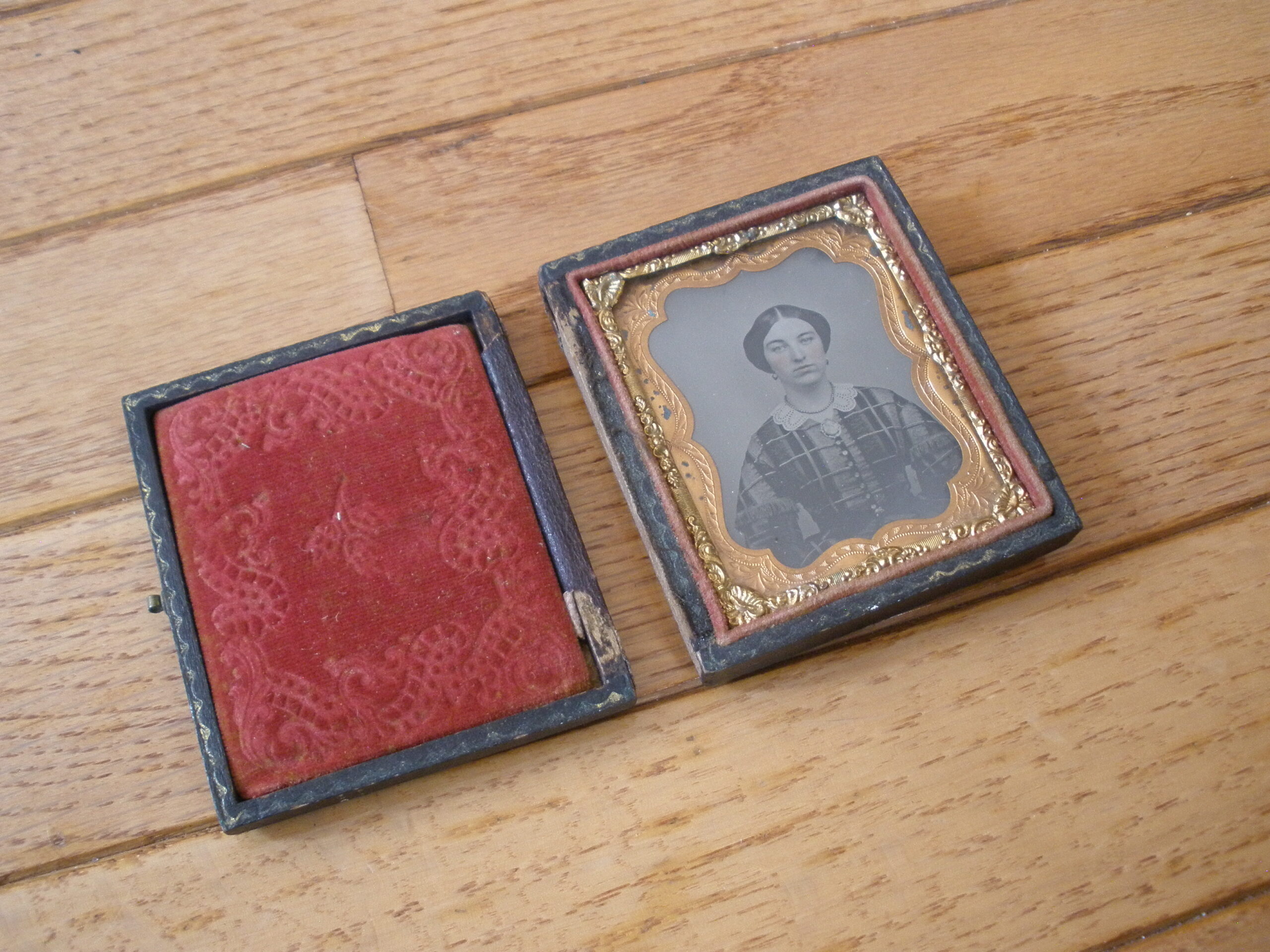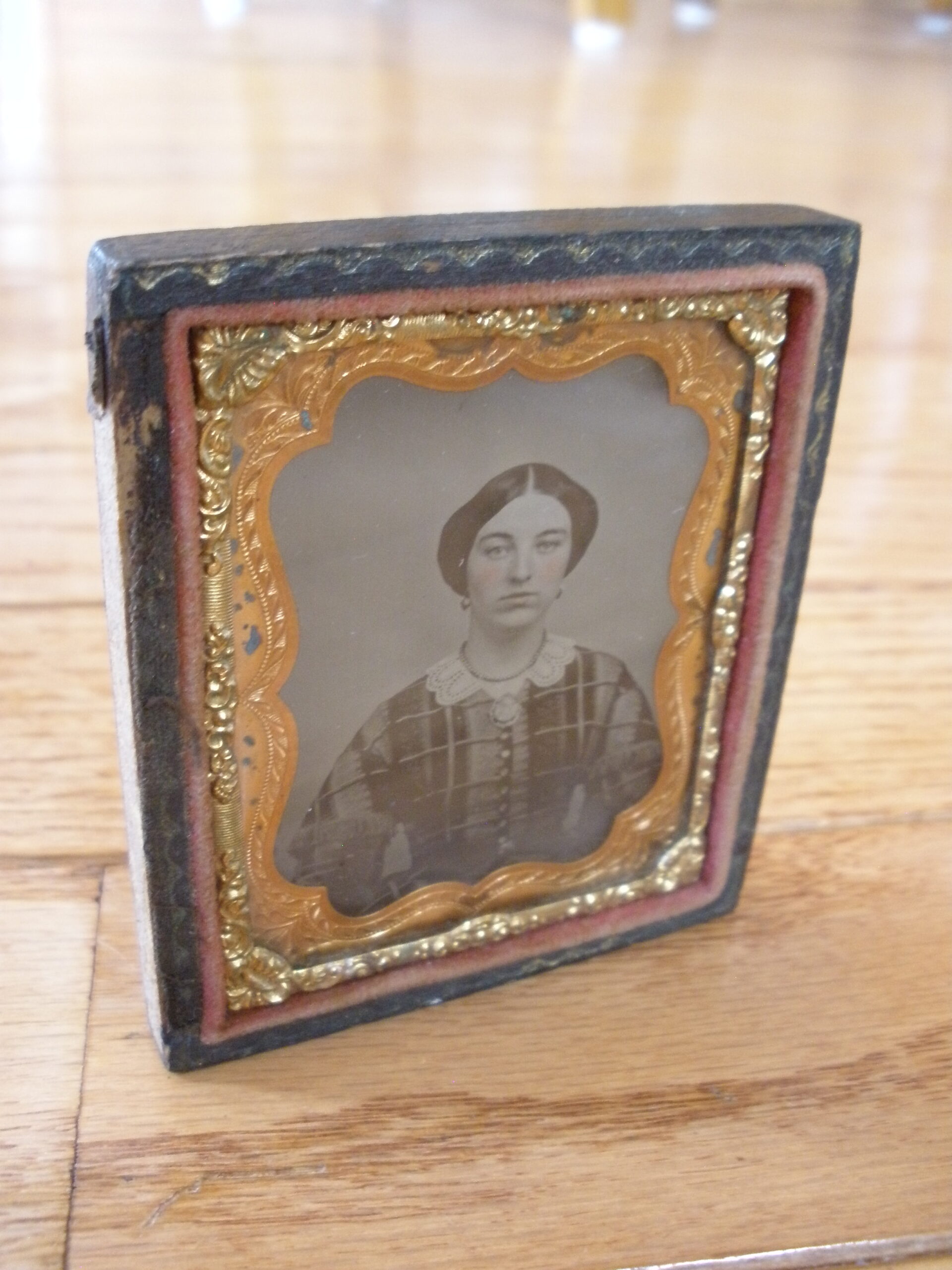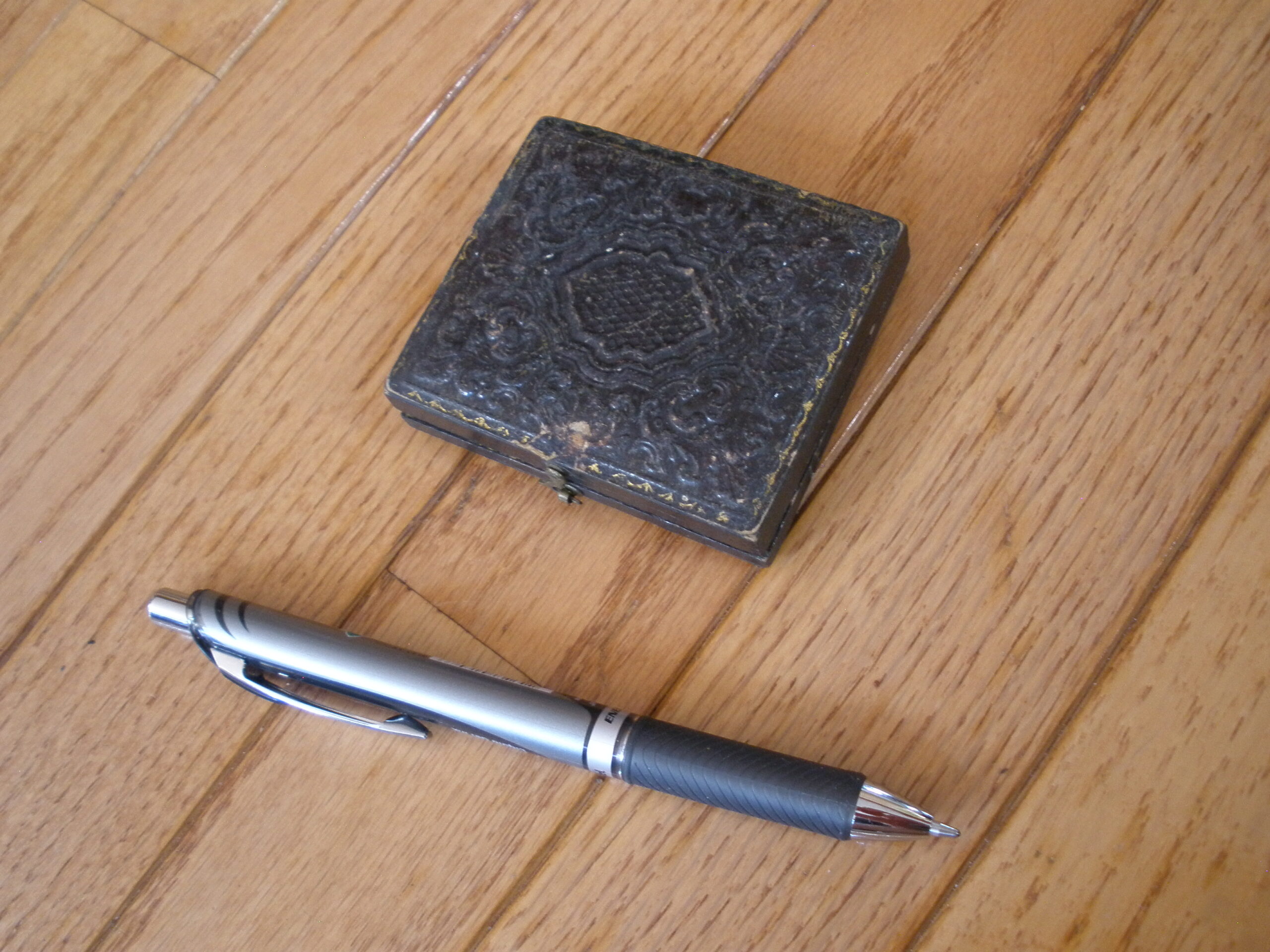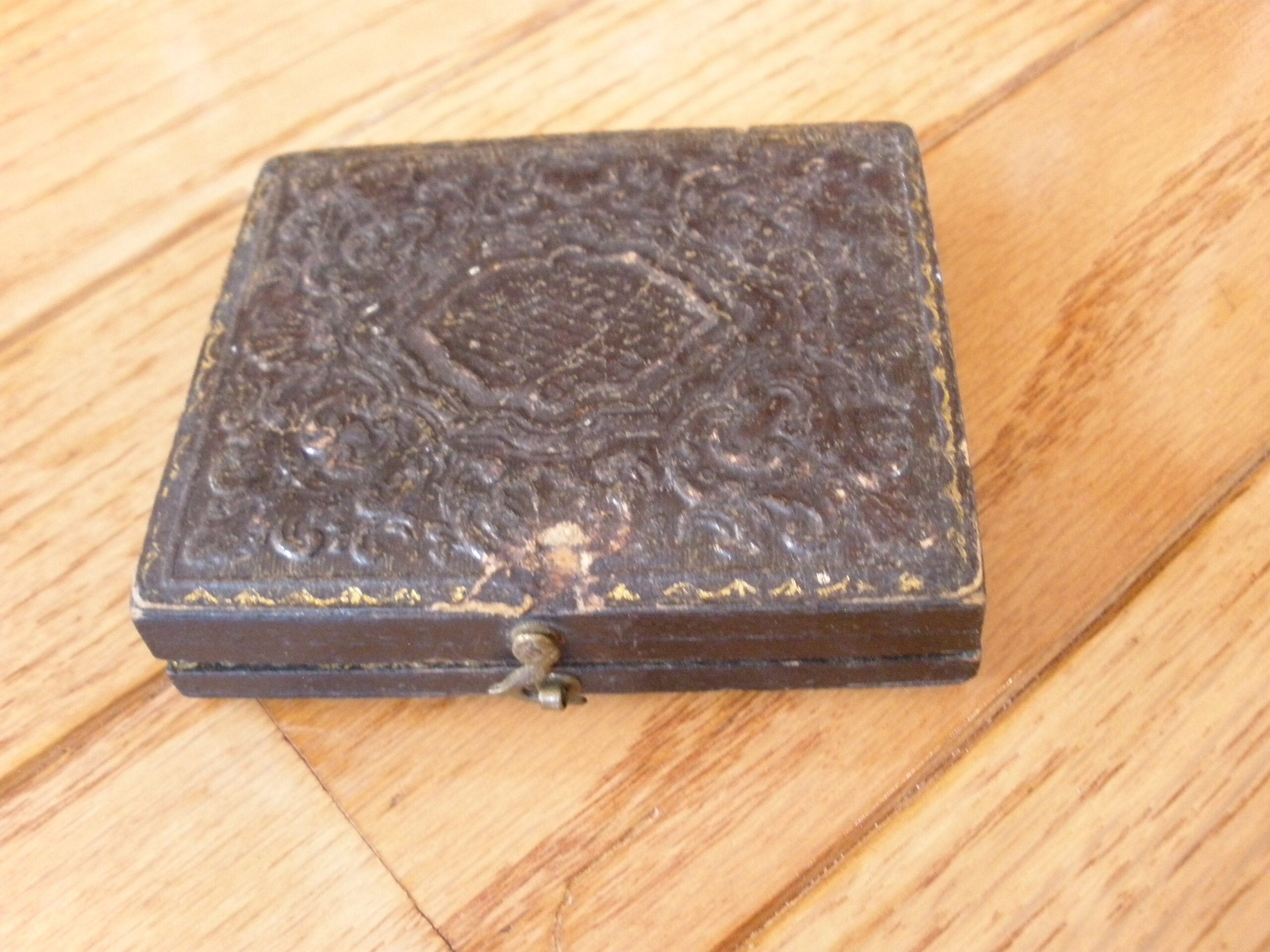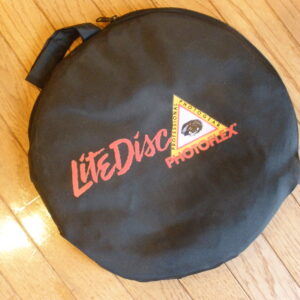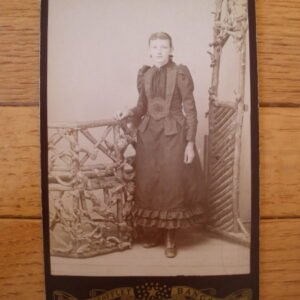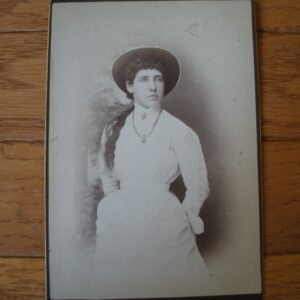For sale is an 1850s AMBROTYPE PHOTOGRAPH of a YOUNG WOMAN with Raven Black Hair. The photo itself is in excellent condition with a crisp image. This photo is stored in a case in which the top half and lower of the case has separated. The case measures about 3 inches by 2 1/2 inches. An amazing collectible antique photograph.
Ambrotypes were introduced in the 1850’s and are commonly called ‘collodion positives’ because you created a positive photo on glass by a variant of the wet plate collodion process. After the positive image is created, the dark background is put in place behind the image so that you can see all of the highlights, shadows, and details in the positive image.
For an ambrotype photo, the dark areas remain dark even at an angle. While a daguerreotype produced a positive image seen under glass, ambrotypes produced a negative image that became visible when the glass was backed by black material. Daguerreotypes are backed by shiny silver, while ambrotypes are backed by a piece of glass painted black.
Daguerreotype was the first publicly available photographic process and was widely used between the 1840s and 1850s. Daguerreotypes photos have a mirror-like, highly polished silver surface and its dually negative/positive appearance when viewed from different angles or in raking light. Daguerreotypes are typically housed in miniature hinged cases made of wood covered with leather, paper, cloth, or mother of pearl. Daguerreotypes were produced on a thin copper metal support that had a polished coating of silver that was mirror-like. Daguerreotypes were sealed in glass for protection. The tintype replaced the daguerreotype in the 1860s because it developed much more quickly. A daguerreotype might take several hours to develop, but a tintype could be given to the sitter within minutes. Tintypes, patented in 1856, are actually on iron, not tin.
A daguerreotype photograph produces a positive image seen under glass, Daguerreotype photographs appear to be on a mirror and when viewing it at an angle the dark areas are silver. Daguerreotypes are backed by shiny silver, while ambrotypes are backed by a piece of glass painted black.


